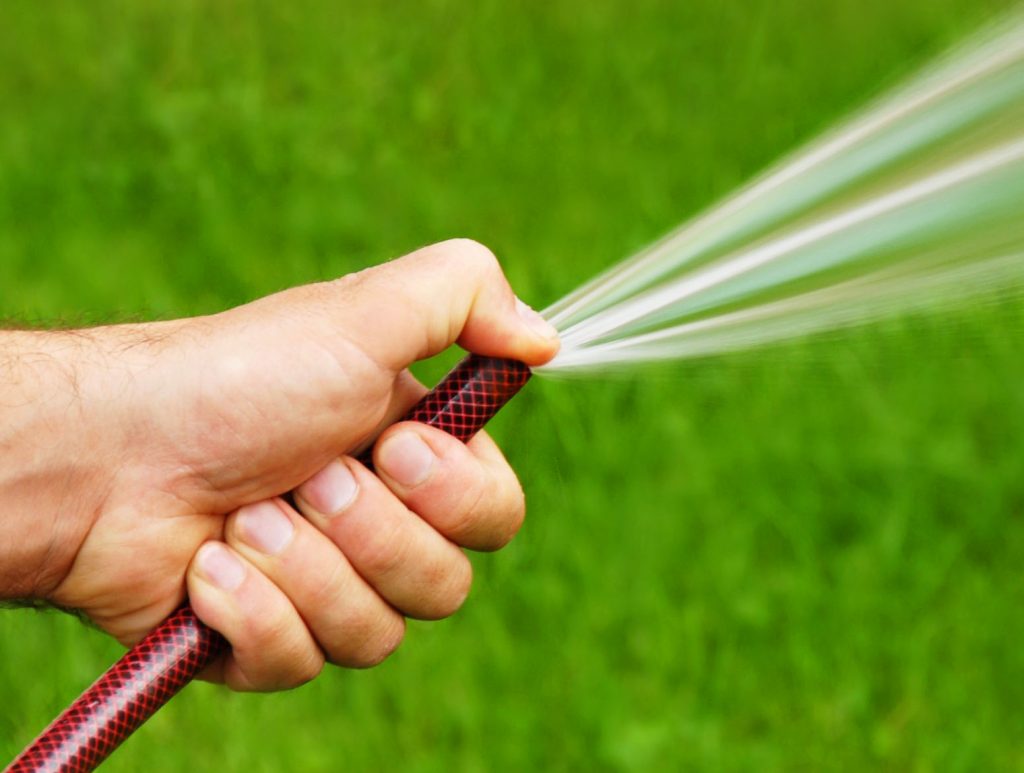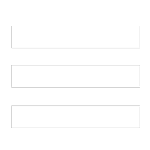What is Reactive Hyperemia and Why it’s Important for Wound Care
Reactive hyperemia is the body’s response to periods of inadequate blood supply to a tissue or organ such as the skin. This phenomenon in wound care, refers to increase of blood circulation in the small arteries and capillaries after the skin has experienced a temporary obstruction in blood flow. Obstruction in blood supply to the skin occurs from prolonged unrelieved pressure between the body and the support surface (ie wheelchair or recliner seat, mattress or more). This often results in pressure related injuries especially for those less mobile who are unable to reposition.
When blood flow to the skin is reduced or completely obstructed, certain metabolic changes occur within the skin. These changes include the accumulation of metabolic byproducts like carbon dioxide, lactate, and adenosine, as well as the depletion of oxygen and nutrients. Prolonged depletion of oxygen and nutrients in the skin cells causes the skin cells to malfunction and eventually die.
Reactive hyperemia occurs when the obstruction to blood flow is removed or reduced. This allows vital oxygen and nutrients to reach the affected skin.

An example in its simplest form,
Picture a garden hose. Pinch-off a garden hose with a thumb creating an obstruction in flow. Maintain the obstruction for 30 seconds and then release the pressure. The result is an initial pulse of water. Applied to the skin, the sudden restoration of blood flow surpasses normal levels in the affected area. In wound care, Alternating Pressure therapy with its timed cycles of “alternating pressure” is based on Reactive Hyperemia. Slight pressure applied to the skin, once released, forces increased flow of blood into the skin. This increase in blood flow compensates for the oxygen and nutrient debt incurred during the period of reduced blood supply.
In addition to the physical forces that increase blood flow, there is a complex interplay of metabolic factors and cell signaling that work to allow the rapid and increased restoration of blood supply.
The accumulation of metabolic byproducts during the lack of blood flow triggers the body to respond. One such byproduct, adenosine, stimulates the release of vasodilator substances such as nitric oxide (NO). Nitric Oxide causes the relaxation of the smooth muscle cells in the blood vessel wall (Endothelial cells). When the blood vessel wall relaxes it opens/dilates allowing more blood to flow to the affected skin. The increased blood flow delivers vital oxygen, nutrients required for skin health, and is essential for healing of pressure wounds.
Reactive hyperemia serves as an essential physiological mechanism to restore proper blood flow and is crucial for prevention and treatment of pressure wounds.
IMPORTANT NOTE:
The above are general statements, there are some exceptions. The above is not meant to diagnose or treat any medical condition.
Always seek the advice of a wound care professional.


 MENU
MENU







